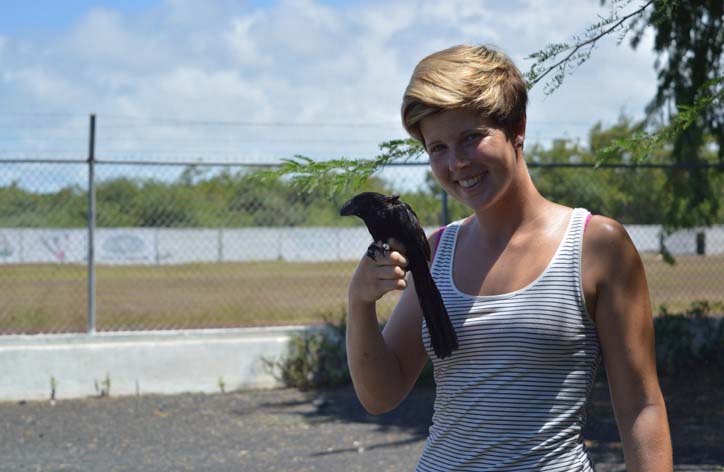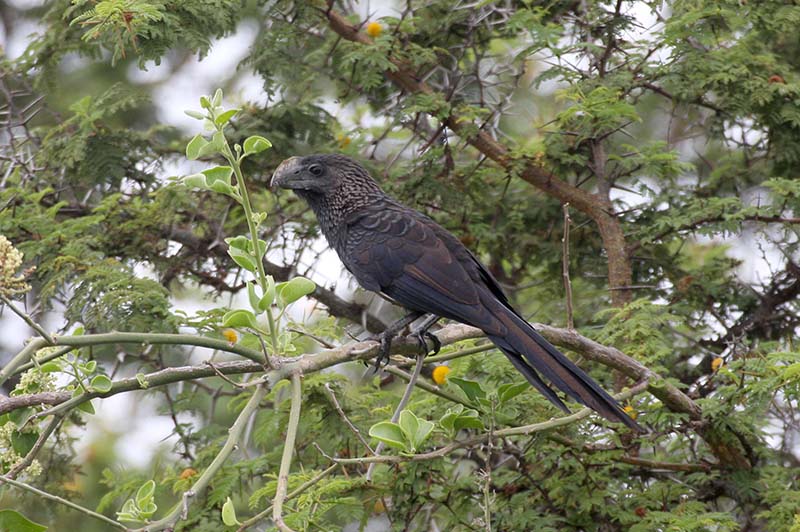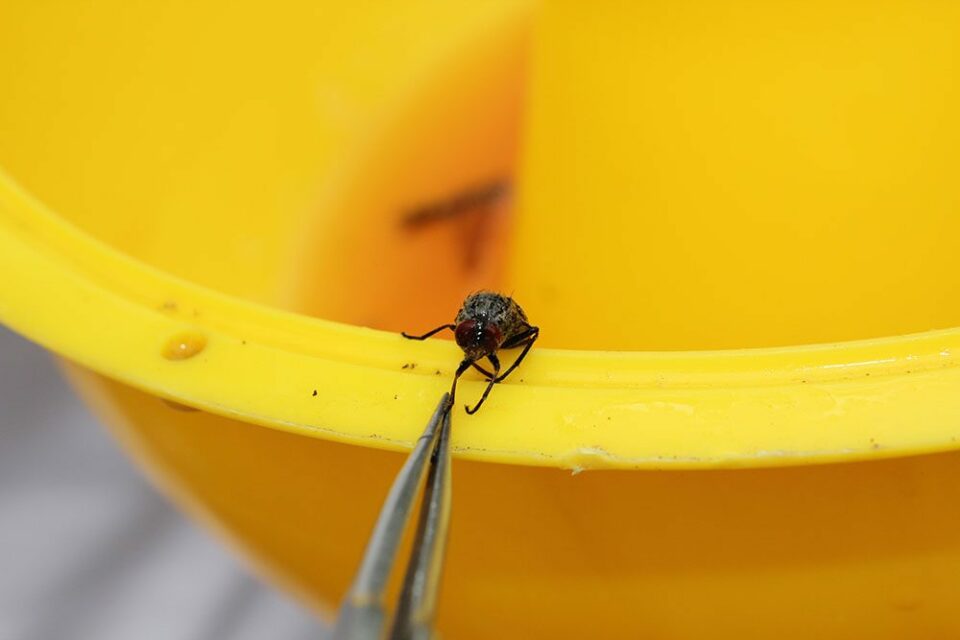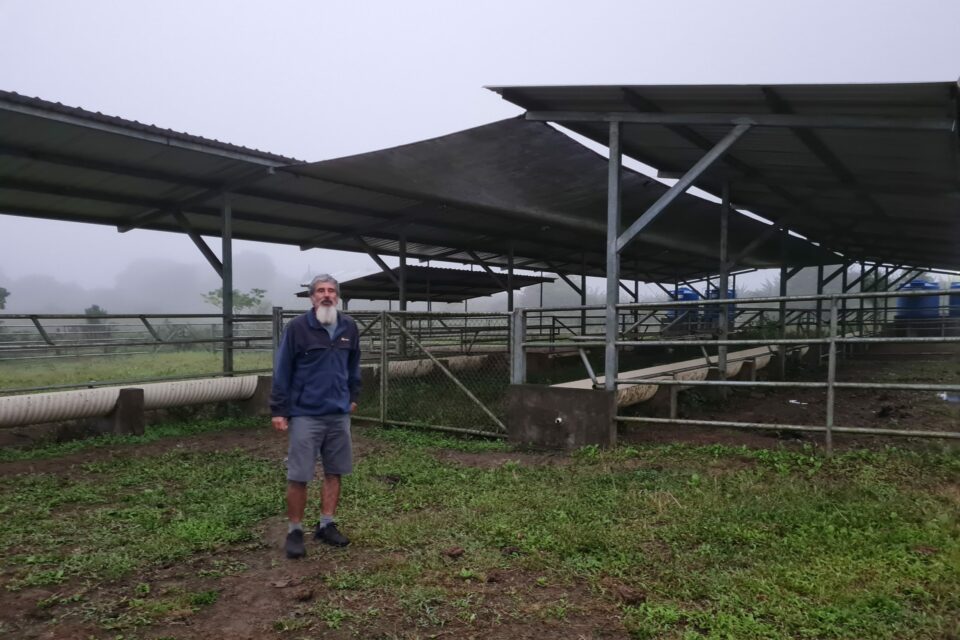

Invasive species research helped by raffle
We were delighted when Sophia Cooke’s father, Bernard Cooke, won our 2016 raffle at Galapagos Day, as there was a lovely story behind it. In our guest blog, Sophia tells us why.
I would like to thank the Galapagos Conservation Trust for such a wonderful Galapagos Day in September and for organising the raffle. Winning the flights to Galapagos and the cruise means more to me than I can express. I couldn’t stop laughing all the way home!
In early 2015, I visited the Galapagos Islands and, during my trip, became interested in the smooth-billed ani Crotophaga ani. These birds are believed to have been deliberately introduced in the 1960’s and have since reached an estimated population size of 250,000. Little is known about their impacts in Galapagos but the Charles Darwin Foundation have labelled them as the “most damaging introduced bird for the ecosystems of the Galapagos Islands” for several reasons. Firstly, they have been shown to be very effective contributors to the spread of the highly damaging blackberry Rubus niveus, an invasive plant that is displacing native vegetation and threatening native wildlife communities. Secondly, their diet consists of many invertebrates that are eaten by native bird species and it is possible that these species are suffering through competition. Thirdly, a finch nestling was previously found in the gizzard of an ani, showing evidence of predation on endemic passerines. Many locals on the Islands claim to have seen anis attack adult and nestling finches and mockingbirds, as well as predating upon non-avian native species.

Sophia Cooke and a smooth-billed ani © Sophia Cooke
It is of vital importance that we increase our understanding of the impacts of this species. I therefore decided to set up a project with the aims of quantifying the level of predation upon native species and spread of invasive plant seeds by anis. Since then, whilst studying for a PhD on a different subject in the UK, I have completed two fieldwork trips, using funding granted by Christ’s College Cambridge and the Charles Darwin Foundation, along with my own savings. During these trips, I trialled novel methods of ani capture, a task previously thought to be particularly difficult. I had great success with one particular trap, but due to issues caused by the El Niño last year, I require one more trip before I can confirm and publish the design of this trap.
Organising this next trip, however, was not going so well. I have had trouble raising all the funds necessary for the flights and accommodation for myself and my field assistant, and I am unfortunately not in a position to supplement the costs myself. Winning the raffle means that I can proceed with this trip, finalise and publish the design of the trap, and begin planning for a large-scale dietary analysis. The results from this will help to ascertain what effect, if any, the ani is having in Galapagos and inform decisions on its future. And, of course, being able to include a relaxing five days on the cruise and visit islands I have never been to before feels like the best gift anyone could have given me.

It’s important to determine what threat, if any, the smooth-billed ani poses to native Galapagos wildlife ©Prof W. G. Hale
Enter this year’s raffle for your chance to win a 5-day cruise for two here!
Related articles


How do we solve the problem of invasive species in Galapagos?

Restoring Floreana: A local perspective


